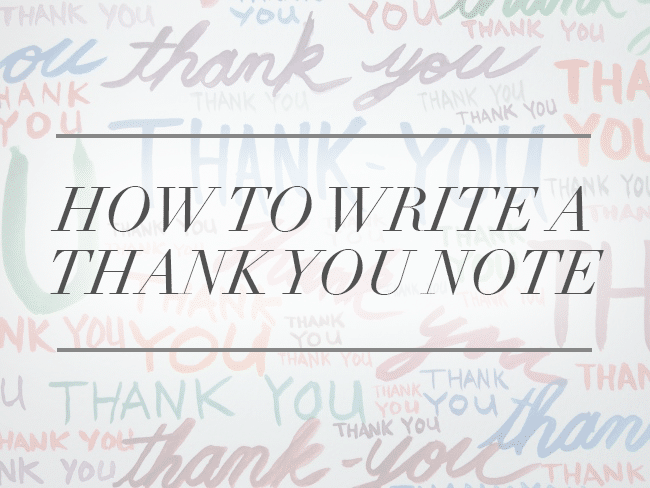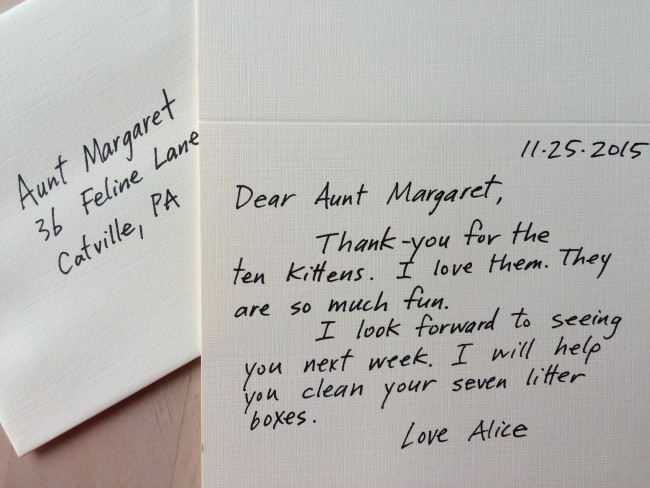https://feeds.feedblitz.com/~/613701932/0/convinceandconvertconsulting/
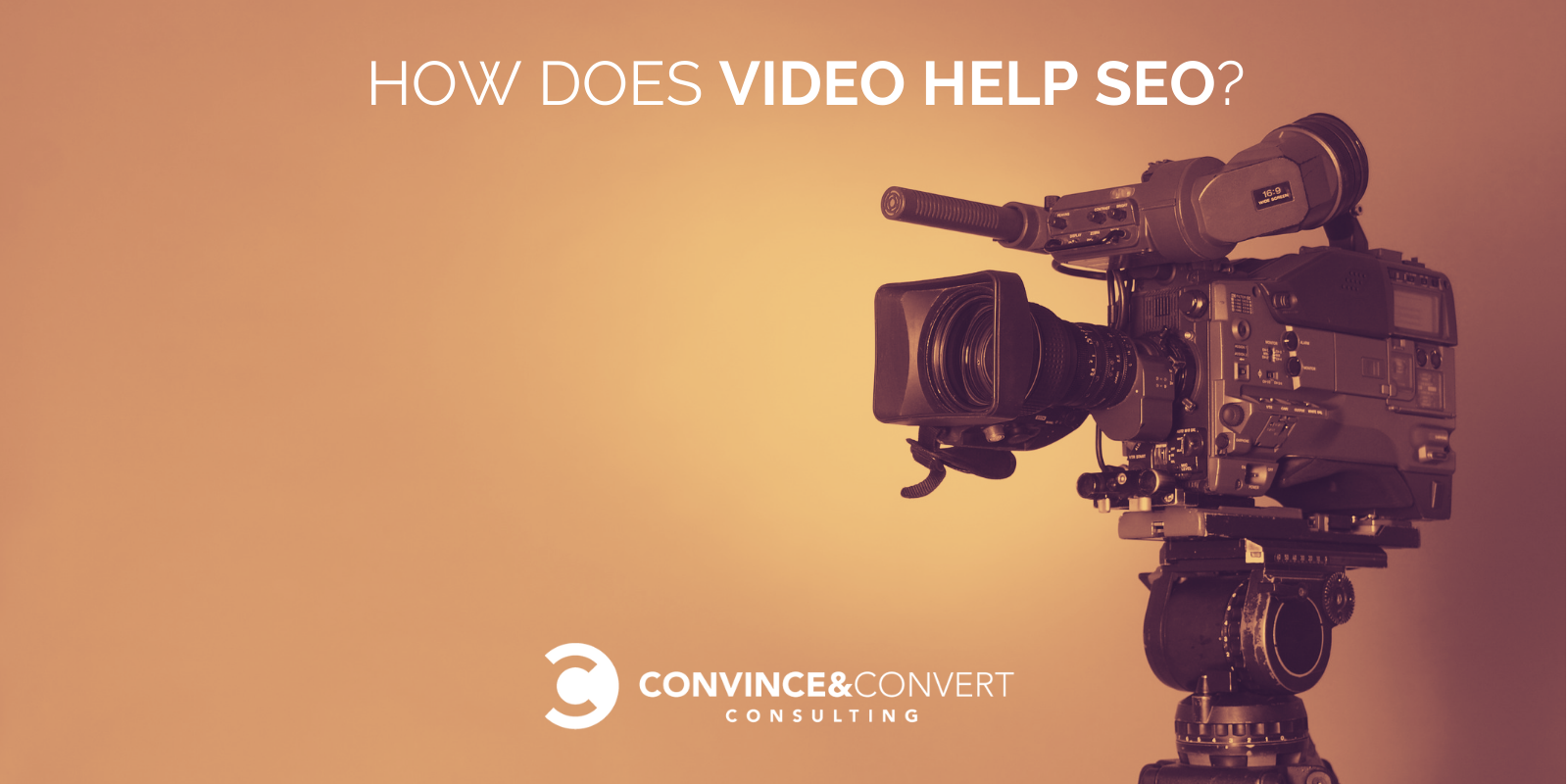
Videos always have played an important role in organic visibility. Video-rich snippets were one of the first elements in Google search results pages.
For years, Google would show video thumbnails inside organic search results. Having your video thumbnail in Google search always meant higher brand visibility and more clicks.
So does video help SEO these days?
How Videos Help Organic Visibility
Now that we talk more about organic visibility than rankings, building a consistent video strategy has become even more important.
With on-the-go and video search on the rise, video content has become even more important, as consumers are able to watch videos without interrupting their current activity.
Videos Are All Over the Search Result Pages
Google has been adding interactive video-rich elements all over search engine results pages. As such, you can find video carousels for every other Google search these days.
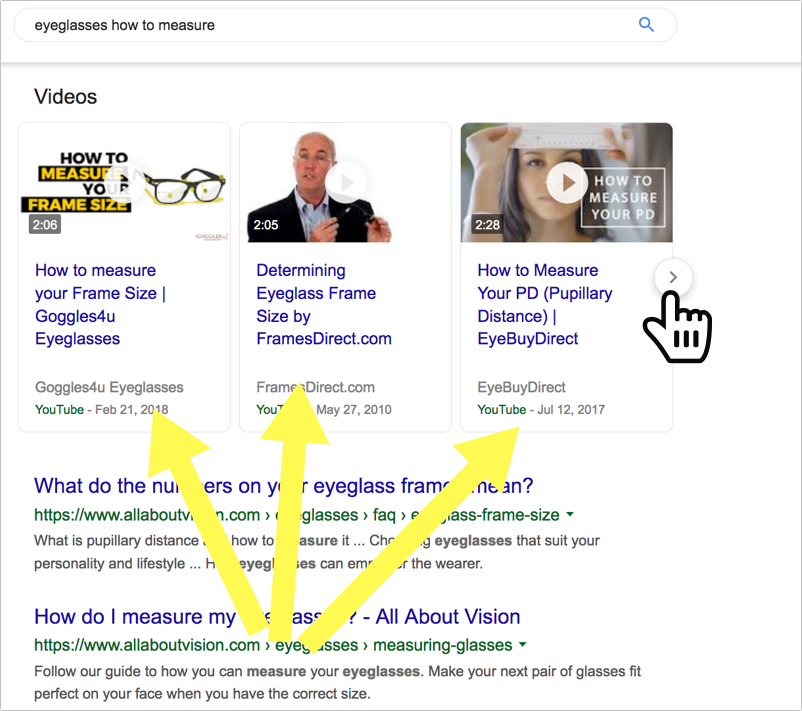
On a mobile device, video carousels look like this:
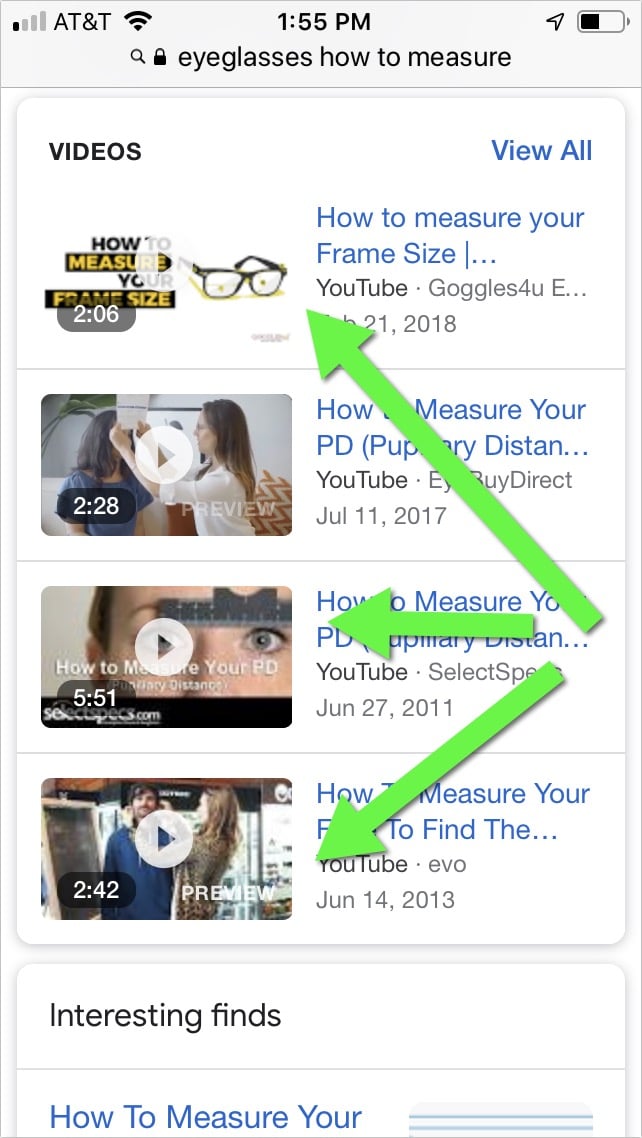
Apart from carousels, videos can enhance your organic snippets as Google will grab a video thumbnail to place it right inside your organic listing:
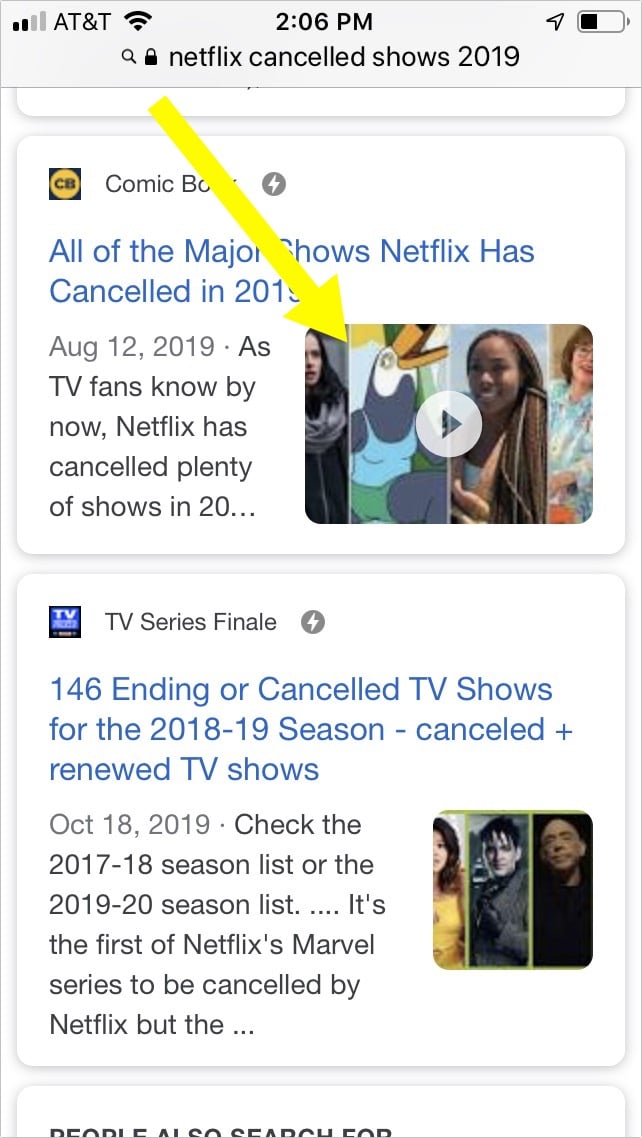
Brand Familiarity Builds Clicks & Conversions Over Time
Furthermore, you can brand your video thumbnails to build brand recognizability. This may help your click-through and conversions in the long run because brand familiarity causes web users to feel more confident and to trust the website:
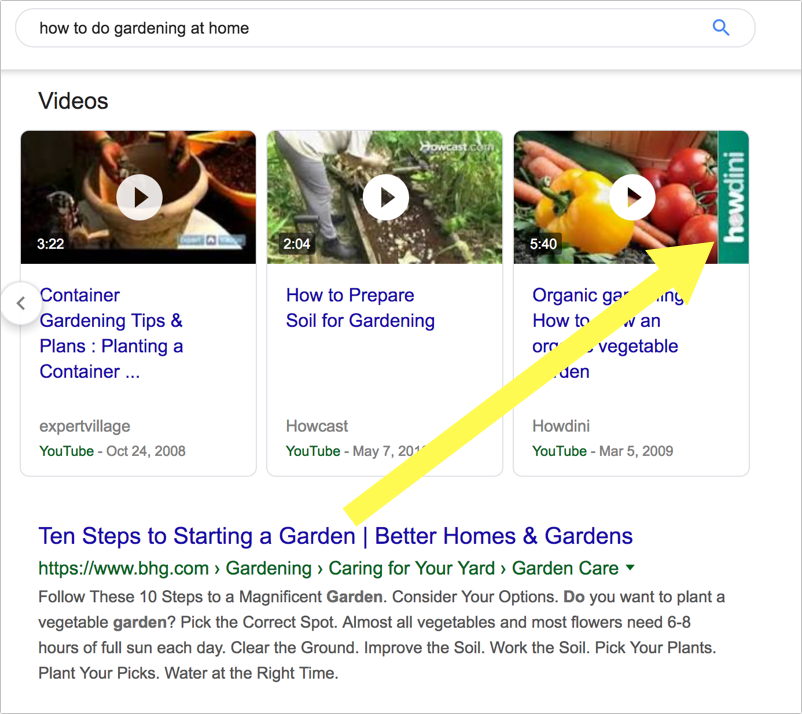
Google Loves Long-Form Content, for Videos Too
Google is known to love long-form content. It looks like Google loves long-form video content too, especially for certain queries.
Below is an example of a search engine results page allowing you to navigate a video right from organic SERPs: Clicking any title will take you deep into the video. These timestamps are added by the author in the video description, but it is nice to see that they also can make it right into organic SERPs:
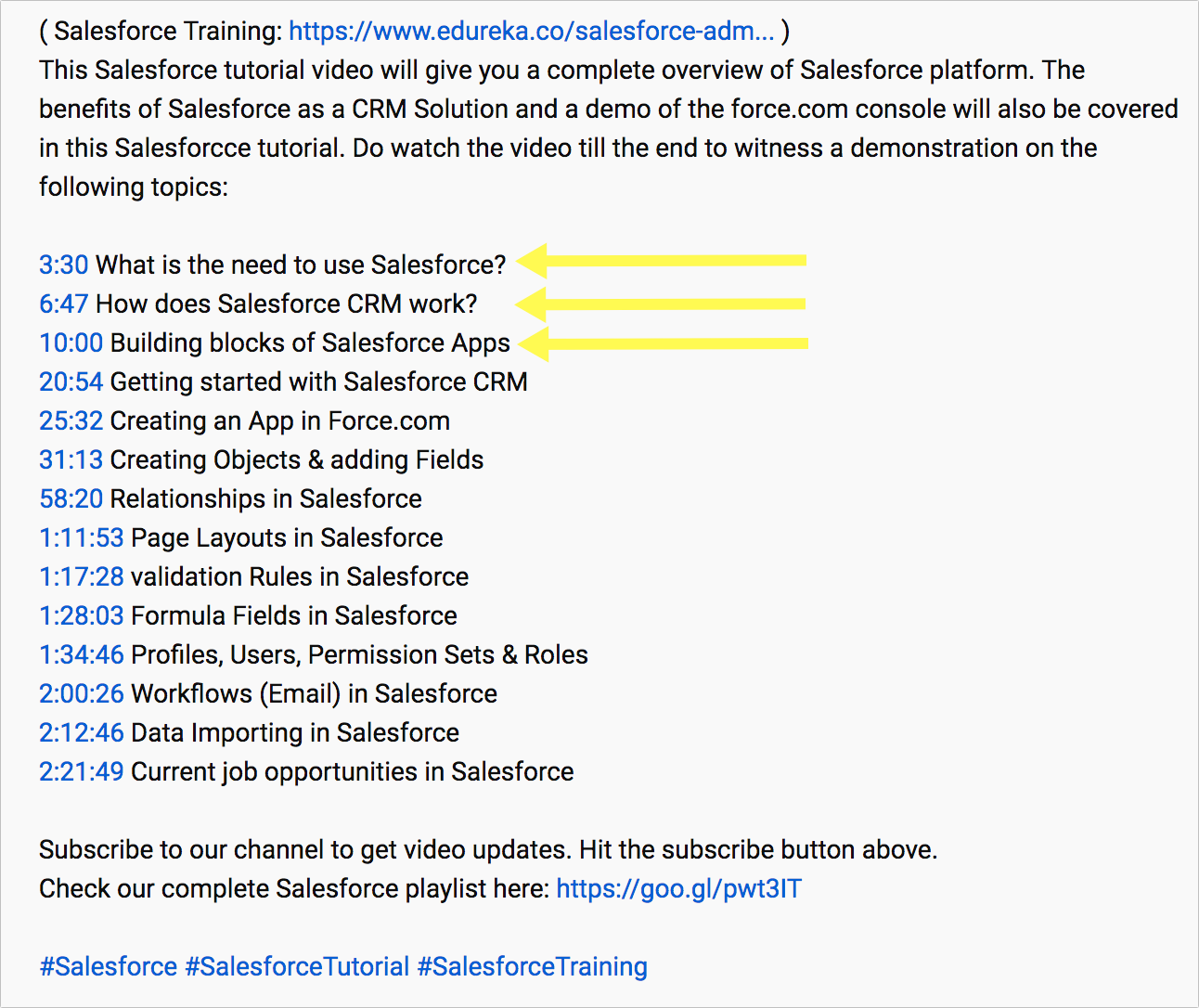
Here’s a detailed guide on time-stamping your YouTube videos.
How Videos Help On-Page SEO
Apart from providing enhanced organic visibility, videos have been found to boost on-page engagement, which is a powerful rankings factor. Google wants its users to like each page that is returned in search results and to continue interacting with the site instead of leaving right away.
On-page engagement definitely sends good signals to Google.
That’s exactly how a well-placed useful video on your page can indirectly help your rankings and get Google to like and trust your site.
Over the years, videos have consistently been found to improve on-page engagement and conversions:
- The majority of web users prefer watching a video to reading words (Source: Forbes Insights).
- Using videos on a landing page can increase conversions by 86% (Source: Eye View Digital).
- Finally, the average user spends 88% more time on a website with video (Source: Oberlo stats).
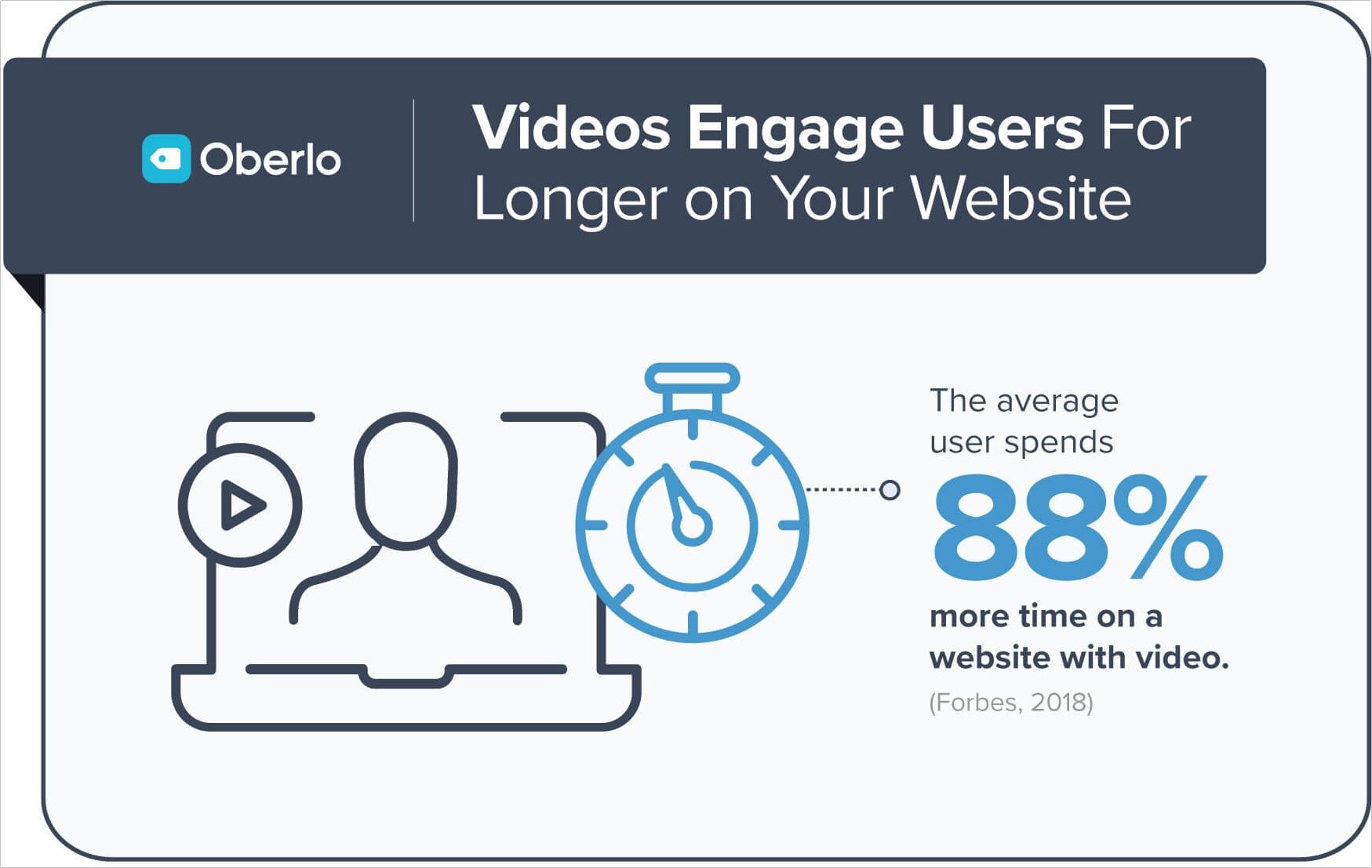
With that in mind, do implement best SEO practices when it comes to embedding videos to your page:
- Lazy-load videos to avoid any negative impact on your page load time. Page speed is a confirmed ranking factor, so make sure you are keeping an eye on that too. Here’s how to easily lazy-load videos in WordPress.
- Use video schema to increase your chances to have a video thumbnail in organic search. Google offers a helpful tutorial here. There are even some enhancements available, including getting a LIVE badge added to your video and allowing users to navigate your video from SERPs.
Ideas for Video Content to Boost Your Organic SEO
Finally, to leave you with some truly actionable advice, here are a few ideas to create meaningful video content for your brand that would help with everything I mentioned above:
- Organic visibility.
- Organic click-through.
- On-page engagement and conversions.
1. Re-Use Your Demos and Webinars
Every SaaS business out there actively use demos and webinars to build and convert leads. Only a few of them make the most of their efforts though.
Demos and webinars make great long-form video content that can boost your branded SERPs and engage your potential customers.
With tools like ClickMeeting, re-using your past webinars and demos is also incredibly easy. The on-demand feature allows you to record, organize, monetize and publicize your webinars.
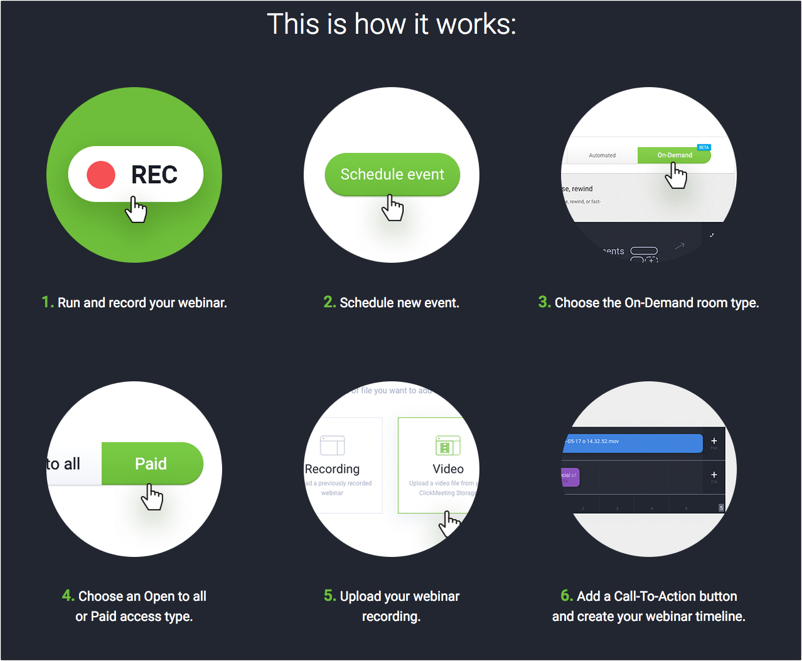
Additionally, using ClickMeeting’s WordPress plugin, you can embed the entire on-demand video experience on your website, even gating it and integrating it into your lead capture and nurture funnel.
Alternatively, if gating your video content doesn’t make sense in your situation, then you can simply upload your videos straight from your ClickMeeting dashboard to your YouTube account and then embed them wherever you like.
2. Influencer-Driven Videos
These can be interviews, webinars, video q&a and even testimonials. Any time you feature a niche influencer in your video, you tap into its existing community and trust.
The beauty of collaborating with influencers for creating video content is that you can use their authority and existing community to generate views and conversions.
Use Buzzsumo to find influencers with which to work. You can limit Buzzsumo results to videos only to find those who don’t mind co-creating videos:
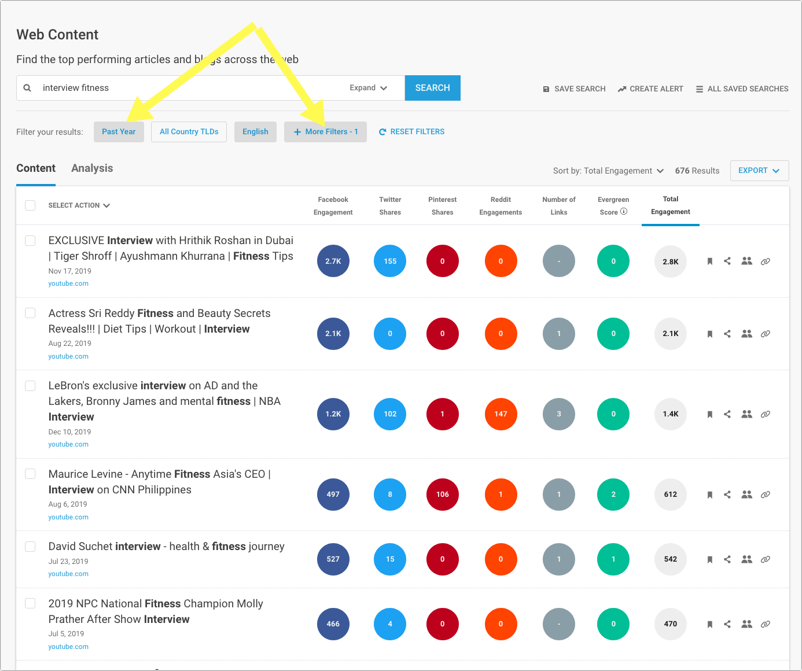
3. Customer-Driven Videos
Your loyal existing customers may be the best video creators. Set up an easy contest encouraging your customers to submit their own unboxing videos or screencasts and reward best efforts.
Give your customers lots of spotlight and generously recognize their efforts. Campaigns like this also build loyalty and bring in more buyers.
Plus, it generates video content for your brand, which you can use to build organic visibility. Over at Viral Content Bee, we invited our current users to submit video tutorials of how they use the platform to include in our official Udemy course:

This way our official course includes all kinds of perspectives to which different types of users can better relate.
Takeaways
- Videos enjoy a great deal of visibility in Google’s organic search results.
- By creating well-branded and consistent video content, you can boost brand familiarity and click-through.
- Videos also can improve your on-page engagement (and, hence, indirectly help with organic rankings).
- A few examples of video content to add to your marketing strategies are webinars and customer- and influencer-driven videos.
Good luck!
The post How Does Video Help SEO? appeared first on Convince and Convert: Social Media Consulting and Content Marketing Consulting.







